Air
Mission GSP
GSP makes the school community examine the air it breathes, minutely and scientifically. It also helps it assess the impact its commuting practices and other systems have on the atmosphere. The main objective is to assist schools evolve and adopt the least polluting way of life.
 Clearing the air
Clearing the air
In May 2012, WHO confirmed that 7 million deaths were caused by household and ambient air pollution. It also showed that most Indian cities are deathtraps because of very high air pollution levels.
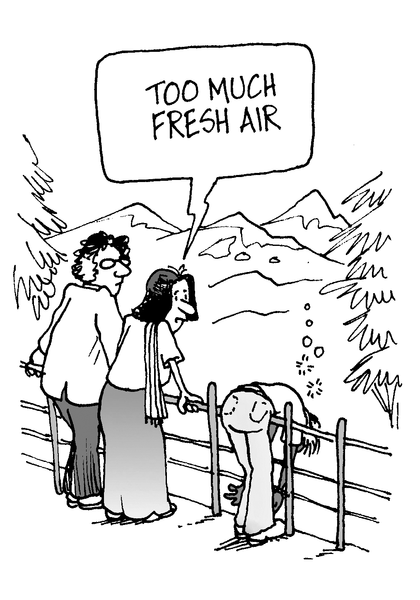
The WHO database of urban-air quality, covering 1,600 cities across 91 countries, shows that Indian cities are among those with the highest levels of PM10 and PM2.5 (particulate matter or tiny particles of diameter 10 micron and less and 2.5 micron and less respectively). Studies have shown how harmful these tiny particles can be for human health. But the Indian government has shown very little initiative to curb vehicular emissions, a major source of particulate matter.
Vehicles mean transportation – and, believe it or not, transport is the most important element of development in cities and villages. Our lives and livelihoods depend on highways, footpaths and rail tracks on which cars, handcarts and trains ply.
The Population-Vehicle Link
Let’s look at our towns and cities. What is the most striking feature here? Their population, of course! Our towns and cities now have over 300 million people living in them – a number that is expected to shoot up to more than 400 million in the next five years. There is only one thing that is growing faster than this – the number of private cars and two-wheelers in cities. If there is no improvement in public-transport ridership, the number of personal vehicle trips will peak. By 2021, car ridership will increase the most – by 106 per cent. Bus ridership will be the lowest to increase at 28 per cent. Even during peak hours, a car carries only 1.5 persons as opposed to a bus that carries 60-70 people. Two cars occupy the same space as one bus but carry 20 times fewer people. If this trend continues, the capacity of roads to carry more people will reduce drastically.
The Vehicle-Pollution Link
Sources of air pollution are many and diverse. But none are as lethal as vehicles as they are responsible for very high exposure. Vehicular emissions take place in the breathing zone of people. Experts say that those who live or work in close proximity to heavily travelled roadways are subject to high levels of exposure. There are plenty of studies to show constant exposure to auto exhausts causes severe health problems. Motor vehicles emit some of the deadliest carcinogenic (cancer-causing) compounds. They also induce chronic and acute respiratory disorders.
No wonder that during the past few years, we have been desperately looking out for tools to assess the problem and find ways to combat the menace.
India: Missed Opportunities
Cutting pollution from vehicles is proving to be the toughest part of the pollution-control challenge. Why?
- Is it because we produce extremely polluting vehicles that should be banned?
- Is it because government-owned refineries are flooding cities with dirty fuels?
- Or is it because, initially, urban planning did not get proper attention?
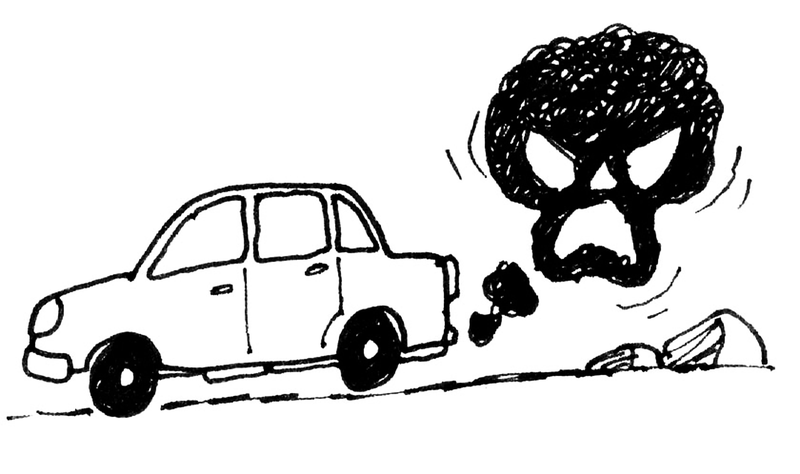
Interestingly, India began regulating vehicular emissions in 1991, much before other Asian countries. In February 2014, the Supreme Court acknowledged that air pollution had become a serious health threat in the national capital and issued notices to the Union government, Delhi and its surrounding states. The notices sought response from the state and Central authorities on a report from the Environment Pollution (Prevention and Control) Authority (EPCA) titled ‘Priority measures to reduce air pollution and protect public health’.
In 2010, only 13 cities graduated to BS IV from BS III and the remaining cities switched to BS III from BS II. Today, 39 cities and towns use BS IV fuels. BS IV norms are equivalent to European Euro IV norms that came into force in Europe way back in 2005.
So what is the option? Going public, of course . . .
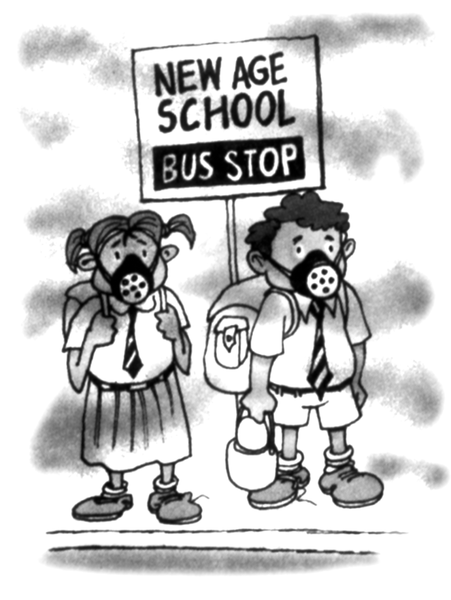
Public Transport: The Indian Way
Indian cities are known to traditionally be great users of public transport. In fact, pedestrian ways and bicycles were the most common features of a typical Indian town. This is in sharp contrast to the car fetish of the West. But all that has changed – thanks to our current obsession with automobiles. In all Indian cities, motorization is increasing at dizzying speeds. Pedestrians and cyclists have practically lost their share of the road.
So What Do We Do?
It is obvious that all our cities are in a pretty critical shape. The demand for transport is too high – and passenger load gigantic.
A Combo Of Old And New
The focus now is on Mass Rapid Transport Systems (MRTS). These are specifically designed to carry large numbers of passengers rapidly at one time as, for instance, the Metro. But MRTSs need huge investments and a great deal of time to start operating. Unless they deliver, that is, transport large volumes of passengers comfortably and at an affordable price, people will simply not use them. Experts say that cities should integrate the rail and bus transit systems – and make sure that they blend smoothly.
Why Is Monitoring Air Quality Essential?
The starting point of air quality monitoring is to first study if an area has an air pollution problem. Monitoring helps in assessing the level of pollution in relation to the ambient air quality standards. Standards are a regulatory measure to set the target for pollution reduction and achieve clean air. Robust monitoring helps guard against extreme events by alerting people and initiating action. Across cities, only SO2, NO2 and RSPM/PM10 are monitored regularly. Other pollutants, such as PM2.5, O3, CO, BTX and heavy metals are monitored in selected cities as capacity is still being built.
PM Levels
Doctors are convinced that the increasing levels of air pollution caused by construction dust have triggered many chronic disease like asthma and TB. Pollution caused by construction dust increases the level of PM 10. Remember that particulate matter less than 10 micron in diameter can penetrate deep into the respiratory tract and cause respiratory health problems. These particles accumulate in the lungs and reduce their oxygen-holding capacities, which may lead to ailments such as lung cancer, bronchitis, sinusitis, asthma, fibrosis and silicosis. The main point of concern is that all these are non-curable diseases. Pollution caused by construction dust is harmful not only for humans but also for flora and fauna by hindering the process of photosynthesis in plants.
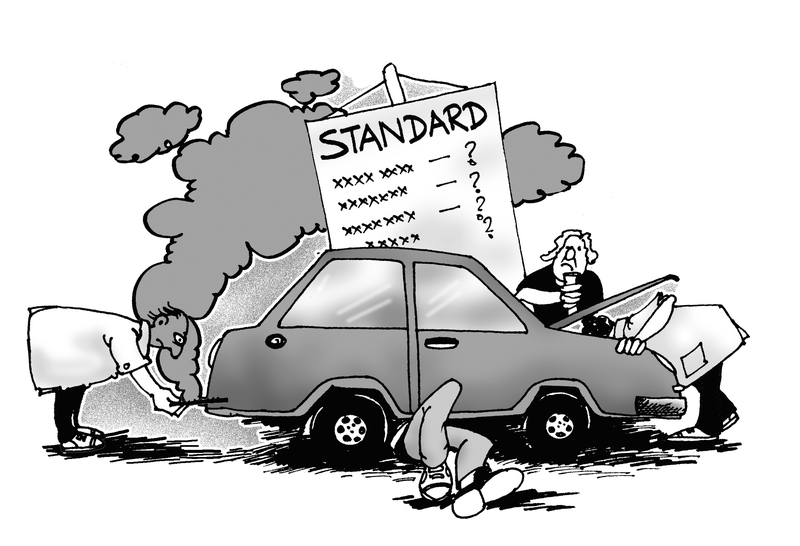
To improve air quality, minimize the burning of leaves, grass, paper and plastic waste in and around school. Also ensure proper fuel is used for generators and there is adequate exhaust facility for its emissions.
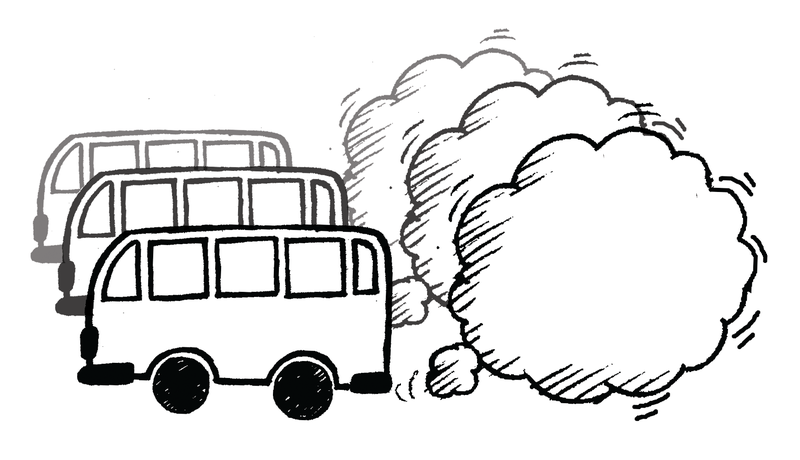
Two Critical Parameters Are Applied To Assess A Vehicle:
Fuel: Improving the quality of fuel acquires greater urgency in view of the increasing use of diesel in India. Diesel fumes are significantly more damaging to human health than fumes emitted by petrol-engine vehicles.
Age of vehicles : Vehicles older than 15 years follow Bharat Stage (BS) II norms and BS I norms and emit very high levels of pollutants. BS III and BS IV came into effect from April 2010 and April 2017, respectively, nation-wide. Also, the National Green Tribunal (NGT) has banned all vehicles older than 15 years from plying on Delhi roads.
DID YOU KNOW?
- Circulation of fresh air keeps the mind and body healthy.
- Proper ventilation allows fresh air to circulate.
- Inadequate fresh air results in foul smell and rise in humidity and temperature due to body heat.
- In schools, where the children come to learn, adequately ventilated rooms become all the more important.
- One person needs 15 CFM (cubic feet per minute) of air to be comfortable (1 foot/minute = 0.3048 metres/minute).







